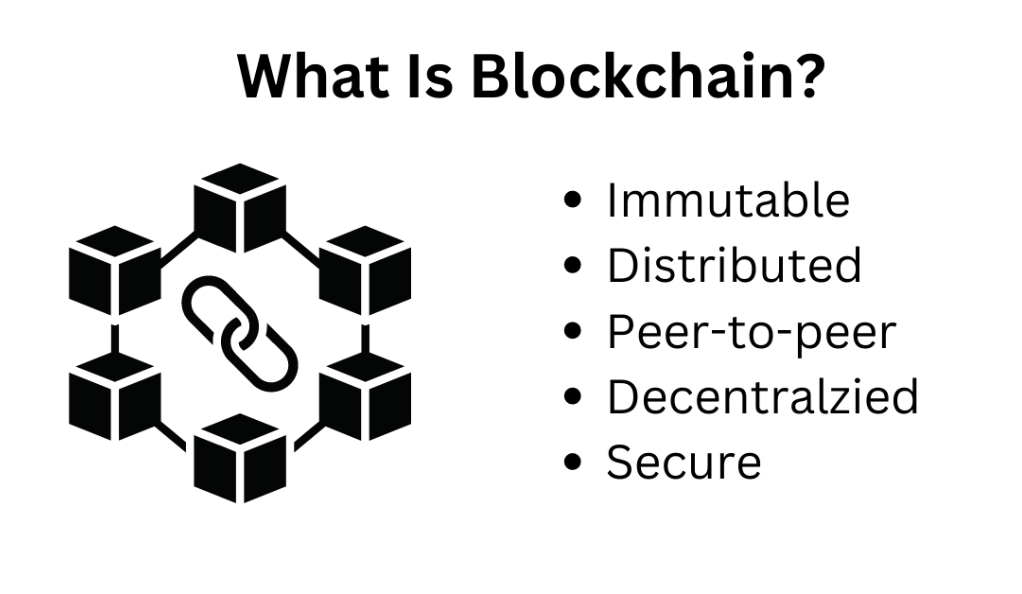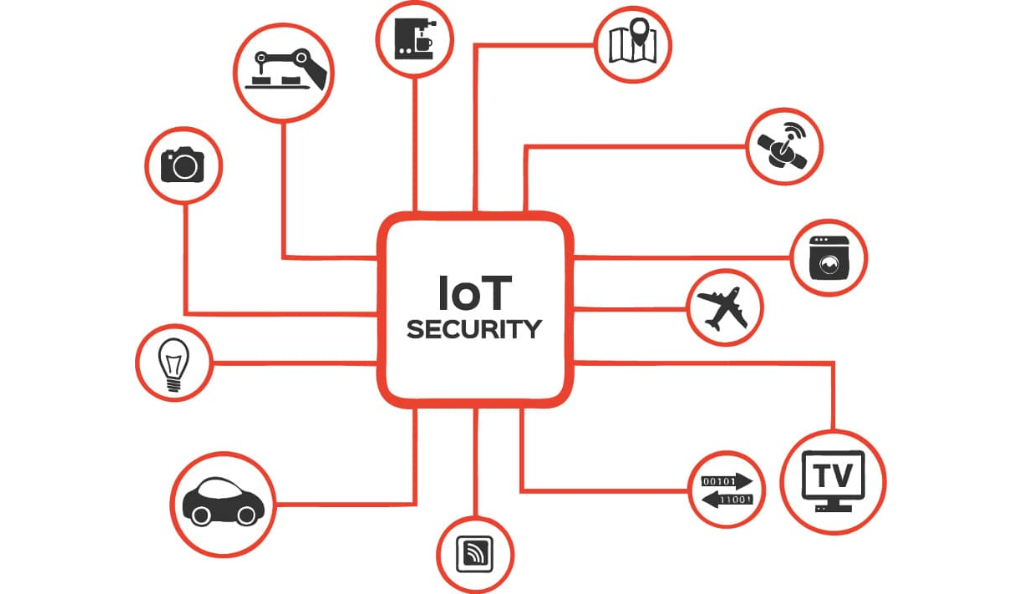Blockchain technology, initially synonymous with cryptocurrencies, has expanded its horizons. Its potential in cybersecurity is becoming increasingly evident. This article explores how blockchain is reshaping data security, proving its worth beyond just facilitating digital currencies.
The decentralized nature of blockchain offers a fresh perspective on data storage and transaction security. As cyber threats evolve, the need for innovative solutions becomes paramount. Blockchain, with its unique features, presents a compelling case for being the future of cybersecurity.
Understanding Blockchain: A Brief Overview
What is Blockchain
At its core, blockchain is a decentralized ledger recording transactions across multiple computers. This decentralization ensures that data isn’t stored in a single location, enhancing transparency and security. It’s a paradigm shift from the centralized systems we’ve grown accustomed to.

How Does It Work?
Transactions are grouped into blocks and added to a chain in a linear, chronological order. This structure ensures that once a block is added, altering it becomes a herculean task. To change a single block, one would need to modify every subsequent block, making the data highly resistant to tampering.
The Cybersecurity Challenges of Today
The Rise of Cyber Threats
The digital age, while bringing numerous advantages, has also ushered in sophisticated cyber threats. Ransomware attacks, data breaches, and phishing scams have become commonplace, emphasizing the need for robust security solutions.
The Limitations of Traditional Security
Traditional cybersecurity methods, relying heavily on centralized systems, are increasingly proving inadequate. These centralized systems can become single points of failure. When one part is compromised, the entire system is at risk, making them attractive targets for cybercriminals.
Blockchain’s Role in Cybersecurity
Decentralization: The Key to Security
Blockchain’s decentralized nature is its primary strength. By distributing data across a vast network, it eliminates the risks associated with centralized attacks. There’s no single point of failure, making it a formidable defense against threats.
Immutable Records
The concept of immutability is central to blockchain. Once data finds its place on the blockchain, altering it becomes nearly impossible. This ensures that data remains genuine, providing an added layer of trust and security.
Real-world Applications of Blockchain in Cybersecurity
- Secure Data Sharing: In an interconnected world, data sharing is inevitable. Blockchain offers a platform where data can be shared securely, without the looming threat of interception or unauthorized access. It provides a trustless environment where data integrity is guaranteed.
- Identity Verification: Digital identities are crucial in the online realm. Blockchain can offer a foolproof system for these identities, ensuring that users are genuinely who they claim to be, eliminating the risks of identity theft and fraud.
Beyond Data: Other Security Applications
Smart Contracts
Smart contracts are revolutionizing how agreements are made and executed. These self-executing contracts, with terms directly written into lines of code, can automate and secure intricate processes, significantly reducing the risk of manual errors or deceit.
IoT Security
The Internet of Things (IoT) is expanding rapidly. With billions of connected devices, the potential for security breaches is immense. Blockchain can provide a decentralized framework to secure these devices, ensuring data integrity and device authenticity.

The Limitations of Blockchain in Cybersecurity
Scalability Issues
Blockchain’s strength can also be its weakness. As the network grows, the data volume increases, potentially slowing down the system. Solutions are being developed, but scalability remains a concern.
Adoption Barriers
Despite its potential, blockchain is still in its nascent stages. Many organizations hesitate to adopt it, either due to a lack of understanding or the perceived complexity associated with its implementation.
The Future of Blockchain and Cybersecurity
Integration with AI and Quantum Cryptography: Emerging technologies like AI and quantum cryptography can complement blockchain, offering even more robust security solutions. AI can help in monitoring and detecting anomalies, while quantum cryptography can enhance encryption methods.
A Shift Towards Decentralized Systems: The benefits of decentralization are becoming increasingly evident. As more organizations recognize these advantages, a shift from centralized systems to decentralized ones in cybersecurity is inevitable.
How to Get Started with Blockchain in Cybersecurity
Educate and Train: Understanding is the first step towards implementation. Organizations should invest in training sessions or workshops to familiarize their teams with blockchain’s nuances.
Collaborate with Experts: The world of blockchain is vast and ever-evolving. Partnering with experts can ensure a seamless and secure integration into an organization’s cybersecurity strategy, ensuring that they leverage the technology’s full potential.
Conclusion
Blockchain’s potential in cybersecurity is undeniable. Moving beyond its association with cryptocurrencies, it offers tangible solutions to the pressing challenges of the digital age. By understanding and integrating this technology, organizations can pave the way for a safer digital future.
FAQs
Blockchain bolsters cybersecurity through its inherent decentralized structure, eliminating single points of vulnerability. Additionally, its immutable nature ensures that once data is recorded, it remains authentic and unaltered, providing a reliable and secure data source.
Yes, while blockchain offers numerous advantages, it also presents challenges. Scalability remains a concern, as handling vast amounts of data can potentially slow down the system. Additionally, there’s a steep learning curve associated with blockchain, making its adoption a daunting task for many organizations.
Traditional cybersecurity methods often rely on centralized systems, making them vulnerable to targeted attacks. In contrast, blockchain’s decentralized nature makes it more resilient against such threats. Additionally, blockchain’s immutable records provide an added layer of data security, which traditional methods might lack.
Absolutely. Blockchain can seamlessly integrate with other emerging technologies like AI and quantum cryptography. For instance, AI can enhance blockchain by monitoring and detecting anomalies, while quantum cryptography can further strengthen the encryption methods used in blockchain.
While it’s challenging to predict the future with certainty, blockchain undoubtedly plays a significant role in the future of cybersecurity. Its unique features, such as decentralization and immutability, address many of the challenges faced by today’s digital world. However, it’s essential to view blockchain as one of the many tools in the cybersecurity toolkit, each with its strengths and weaknesses.








